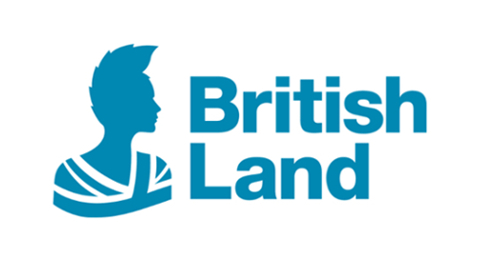It’s wonderful to see how green roofs have gone mainstream around the world over the past 10 years. From London to Sydney, Hamburg to Istanbul, and Singapore to Rio de Janeiro, they are a recognised strategy for urban green infrastructure. In London, there are now about 700 green roofs, covering 175,000m2.
As a placemaker, British Land uses green roofs to fulfil multiple functions – adding visual interest, creating garden spaces for people to enjoy, introducing habitats for animal biodiversity, and contributing to healthy environments through air quality filtration, water management and temperature control. We’re particularly interested in the social potential of green roofs, exploring how to use roof spaces to further promote people’s health and wellbeing in the places we create.
When we first started introducing green roofs on various London office buildings in 2004, it was challenging to take the idea from an ecologist’s vision to the reality of a planted, healthy landscape. As a client, we were testing a new idea. We often needed to introduce our architects, structural engineers, contractors and property management partners to the concept – and then together develop and test strategies to deliver quality natural habitats on commercial buildings.
Over the years, as we’ve installed different green roof styles and commissioned studies, we’ve learned and shared many lessons. Today, we know more, for instance, about drainage and the potential for (or, more often, lack of) water retention. We understand the need for roof and terrace access to align with internal floor levels. We know which substrates last through British winters and how to plan for rooftop winds. We recognise issues and opportunities relating to visibility from surrounding buildings, and more. Happily, we’ve not been the only ones to recognise the benefits of green roofs and to learn these lessons.
Now green roofs are no longer an unusual concept, and there are standard design formats and green roof types that architects and others understand and can design or install. It’s wonderful to see so many cities, policy makers and property companies embracing green roofs in urban areas around the world. I’m pleased that British Land has played a small but important part in the success story to date – creating green roofs on 12 new buildings and retrofitting three on existing buildings, with more on the way.
British Land was delighted to sponsor this year’s CIRIA BIG Biodiversity Challenge Pollinator Award. The BIG Challenge shows how biodiversity enhancements can be worked into everyday projects and developments, both in a permanent or temporary way. There are plenty of forgotten corners, rooftops, roadside verges and unused space for future projects and innovations. Staging and promoting these awards is a great platform to raise awareness and encourage making biodiversity top of mind in everything we do. I hope to see ever more cities and organisations developing and growing acres of delightful and valuable rooftop habitats for people and the planet.
Find out more about the 2016 BIG Biodiversity Challenge Awards here.
This articles was originally published on the BIG Biodiversity Challenge website here.
